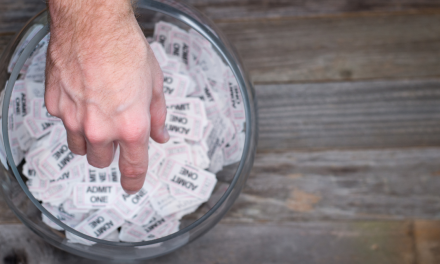
Medial Tibial Traction Periostitis

I am honored to be sharing my inaugural Clinical Insights column with you. For those of you who do not know me (and are still reading), I have maintained a sports injury focused practice in Swansea, IL since 1992. I am currently the ICS Southern district president. I feel privileged to take over this column from one of our professions truly exceptional clinicians, Dr. David Flatt. I must admit I’m also a little anxious to be filling his shoes. I feel like I’m following Bruce Springsteen to the mic on Karaoke night. I will pledge my best effort to share interesting and pertinent clinical insights on each issue.
This month’s topic is a clinical refresher on Medial Tibial Traction Periostitis (MTTP) i.e. “Shin Splints”. This common injury occurs when traction forces on the periosteum from the muscles of the lower leg cause shin pain and inflammation. Up to 60 percent of all conditions that cause leg pain in athletes have been attributed to MTTP.
This overuse injury is frequently found in sports that involve repetitive running such as field hockey, soccer, and cross-country. Shin splints do not occur overnight but over a period of time. Often this occurs in the initial 2-3 weeks of training. Shin splints most often arise when there are changes to specific aspects of an athlete’s exercise regimen. Some of these factors include increased activity, changes in footwear, and training surfaces. At this time of year, I routinely see a clinical outbreak of MTTP- resulting from 3 months of wearing flip flops or going barefoot, followed by the onset of school athletics. Unfortunately, the epidemic does not stop as athletes move indoors. Athletes conditioning on hard surfaces such as gym floors may be at greater risk.
Diagnosis
The characteristic clinical presentation of MTTP includes:
- Pain over the medial mid to lower third of the tibia,
- Pain usually presents at the start of exercise and often eases as the session continues,
- Pain often returns post-activity and may peak the following morning,
- Swelling is possible, and
- Apparent cortical irregularities “i.e. bumps” may be identified when palpating the medial aspect of the tibia.
The diagnosis is generally established through history and clinical evaluation. Radiographs may be needed to rule out a stress fracture or other pathology. Seldom is bone scan or advanced imaging required for the initial work-up.
Treatment
Treatment goals include reducing pain and inflammation and identifying training or biomechanical problems. The core of successful treatment includes correcting faulty foot biomechanics. Careful selection of running shoes is essential. Running shoes should be replaced after about 300 miles of use, and arch supports or orthotics are often necessary. Athletes should avoid heel cushions as they may actually increase recurrence.
Manipulation may be used to address lumbo-pelvic and lower extremity restrictions, particularly at the ankle; and modalities, including electrotherapy with ice or pulsed ultrasound, may be helpful to diminish acute pain and swelling at the site of pain. Soft tissue techniques like Active Release, Graston or transverse friction massage may help release adhesions and stimulate healing. I utilize Kinesiotape, applied longitudinally to the medial tibial border. However, taping the shin with athletic tape for support provides questionable benefit.
In addition, stretching exercises should be prescribed for the tibialis posterior, gastroc/ soleus and flexor digitorum longus, and a rehab program should assess for and correct ankle & leg weakness.
Activity Modification
Activity modification considerations include non-weight bearing cross training like stationary cycling or pool running. More severely affected athletes may need to limit running for 1-2 weeks, then return at a lower intensity and distance, increasing by no more than 15% per week. Runners should first increase distance, then pace. Avoid hard or unlevel surfaces, including hills. Counterirritant creams & home ice massage may provide palliative relief.
I hope you find this information useful. Next time, we’ll discuss the emerging trend of “forefoot running”.

















